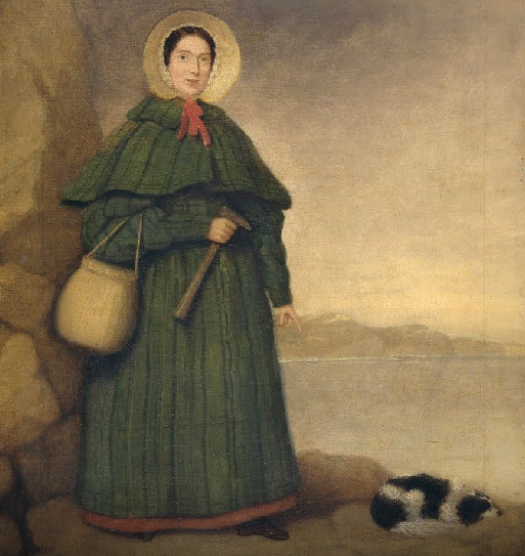
Beautiful sunset last night on Anna Maria Island


Links that interest me and maybe you


This is a fascinating (and long) story about a school shooting in Austin in 1978, and the lasting scars it left on the eighth-grade students who were there to see John Christian shoot and kill his teacher, Roy Grayson — a man he looked up to and may have even idolized. After just 20 months in a reform school, Christian was released and went on to study law and become a tax attorney, and still lives in Austin, where former schoolmates have run into him from time to time. Why did he kill his teacher that day? And did his short treatment have anything to do with how well-connected his father was in Texas social and political circles?
Ray listened to the others recite the latest reports about their former classmate, the shooter, John Christian, the son of President Lyndon B. Johnson’s former press secretary George Christian: He lives a few blocks from here. He’s practicing law. Someone saw him recently. What do people say about him? Is he . . . normal? For Ray’s part, the last he had seen of John was when his friend had disappeared into the back seat of a police car. Yet John continued to hover over his life like a spectral question mark, both inexplicable and utterly familiar. “He wasn’t some monster you could easily explain away,” Ray said later. “Hell, he was one of us.”
Source: The School Shooting That Austin Forgot – Texas Monthly

Mary Anning was born in 1799 in Dorset, in an area of southwest England now known as the Jurassic Coast, because of all the ancient fossils that Mary discovered — discoveries she often didn’t get credit for, because the burgeoning field of palaeontology was controlled by men. Mary’s father, Richard, was a cabinetmaker and amateur fossil collector, and he taught her how to look for and clean the fossils they would find together on the beach, which he often displayed in his shop. When Richard died suddenly in 1810, Mary’s mother encouraged her to sell her fossils to collectors in order to help pay off the family’s debts.

At the time, Georges Cuvier — known as the ‘father of palaeontology’ — had just introduced the theory of extinction. Charles Darwin’s “Origin of Species” wouldn’t be published for another 48 years. But fossil collecting was becoming a popular past-time. In 1823, Mary was the first to discover the complete skeleton of a Plesiosaurus and she also unearthed an entire ichthyosaur. But many male scientists didn’t credit her for her discoveries in their scientific papers, and the Geological Society of London refused to admit her (they didn’t admit women until 1904). Mary died from breast cancer in 1847, at the age of 47. (via Google Arts and Culture)

Note: This is something I originally wrote for the daily newsletter at the Columbia Journalism Review, where I’m the chief digital writer
As part of its ongoing efforts to deal with the spread of misinformation on its platform, Twitter is experimenting with adding colored labels that would appear directly beneath any inaccurate statements posted by politicians and other public figures, according to a leaked demo of new features sent recently to NBC. The labels would contain fact-checks either by Facebook’s team of third-party checkers, or by journalists and other users who agreed to participate in a kind of “community reports” crowdsourcing effort.
Twitter later confirmed to the network that the leaked demo (which was accessed via a publicly available website), is one possible version of a new policy aimed at curbing the spread of misinformation. The original NBC News report said the new features would be rolling out on March 5, but the story was later updated to say Twitter doesn’t have plans to roll out the labels — or any other misinformation features — on any specific date. Whether such a feature would actually help curb misinformation even if it was rolled out, meanwhile, is still an open question.
After NBC ran its report, communications researcher Rebekah Tromble of George Washington University posted a tweet that said: “Please, @Twitter, do NOT do this. Do NOT add this massive flag. As @shannimcg and I argued, Facebook already made this mistake. This will only increase the circulation of false info.” Tromble included a link to a research paper that she and a colleague wrote last year about social-network design, which described how Facebook tried a similar type of misinformation flag, and later scrapped the feature because it was concerned that the flags would backfire and made the problem worse. Research, the company said, appeared to show that highlighting that something was inaccurate in some cases made users believe it even more, instead of less, something that has come to be known as the “backfire effect.” But a Facebook researcher responded and said that further research shows the backfire effect is not as strong as it was once believed to be.
Continue reading “Twitter plans misinfo labels, but are they a good idea?”